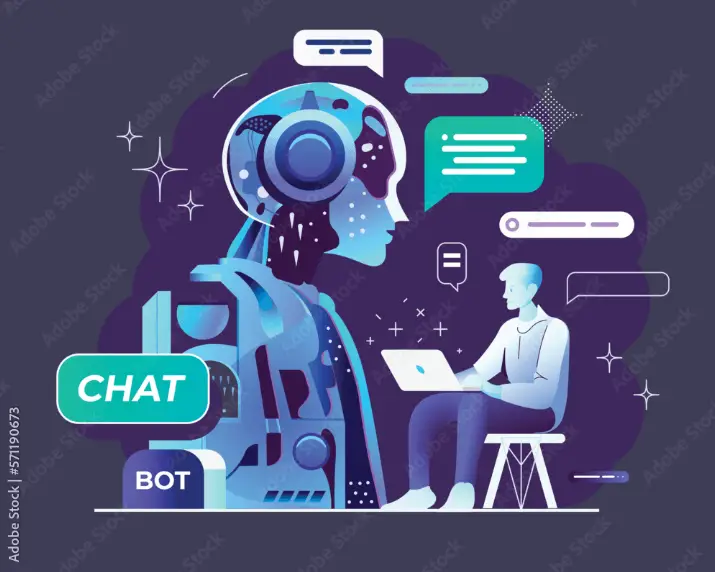
Visits: 0
Introduction
Artificial Intelligence (AI)-powered chatbots have become increasingly popular in various industries due to their ability to automate customer interactions and provide personalized support. These chatbots leverage natural language processing and machine learning algorithms to understand and respond to user queries effectively. If you’re looking to create your own AI-powered chatbot, this step-by-step guide will help you get started.
Step 1: Define the Purpose and Scope
Before diving into the development process, clearly define the purpose and scope of your chatbot. Determine the specific tasks it will perform, such as answering FAQs, providing product recommendations, or assisting with customer support. Understanding your chatbot’s goals will guide the subsequent steps and help you design an effective solution.
Step 2: Choose the Right Platform or Framework
Next, select a suitable platform or framework to build your chatbot. There are several options available, each with its own features and capabilities. Some popular choices include:
a) Dialogflow (formerly API.ai): Google’s Dialogflow offers a user-friendly interface for designing conversational agents. It supports various messaging platforms and provides natural language understanding capabilities.
b) Microsoft Bot Framework: Microsoft Bot Framework provides a comprehensive set of tools and services for building intelligent bots. It supports multiple programming languages and offers integration with various channels.
c) IBM Watson Assistant: IBM Watson Assistant is a powerful AI platform that allows you to create chatbots using natural language understanding and machine learning capabilities.
Step 3: Design Conversational Flow and Intents
Once you’ve chosen a platform, it’s time to design the conversational flow and define intents. Conversational flow refers to the sequence of interactions between the chatbot and the user. Identify the key user intents or goals and map out the possible user inputs and corresponding bot responses for each intent.
Consider incorporating fallback responses for handling user queries the chatbot may not understand. Creating a well-structured and intuitive conversational flow is crucial for delivering a smooth user experience.
Step 4: Train and Deploy the Chatbot
Training your chatbot involves providing it with sufficient data to learn from. This typically includes a collection of user queries and their corresponding intents or actions. The platform or framework you’ve chosen will provide tools to train and fine-tune the chatbot using machine learning algorithms.
Once trained, deploy the chatbot on your desired platform or channel. This could be a website, messaging app, or any other medium where you want your users to interact with the chatbot.
Step 5: Continuous Improvement and Evaluation
Creating an AI-powered chatbot is an iterative process. Monitor and evaluate its performance regularly to identify areas for improvement. Collect user feedback, track key metrics, and make necessary adjustments to enhance the chatbot’s accuracy and user satisfaction.
Consider incorporating user feedback loops and analytics tools to gain insights into user behavior and preferences. This data can help you refine the chatbot’s responses and make it more effective over time.
Step 6: Enhance with Natural Language Understanding and AI Capabilities
To make your chatbot more intelligent and capable of understanding user queries accurately, you can enhance it with natural language understanding (NLU) and AI capabilities. NLU allows the chatbot to interpret and process user input, extracting relevant information and mapping it to specific intents or actions.
AI techniques, such as machine learning, can be applied to improve the chatbot’s understanding and response generation. Consider integrating pre-trained models or utilizing cloud-based AI services to enhance your chatbot’s capabilities further.
Conclusion
Creating an AI-powered chatbot requires careful planning, design, and implementation. By following these steps, you can develop a chatbot that effectively engages with users, automates tasks, and provides personalized support. Remember to continuously monitor, evaluate, and improve your chatbot’s performance to ensure it meets the evolving needs of your users. With persistence and a focus on user-centric design, your AI-powered chatbot has the potential to revolutionize customer interactions and drive business success.


%20(1).png)

